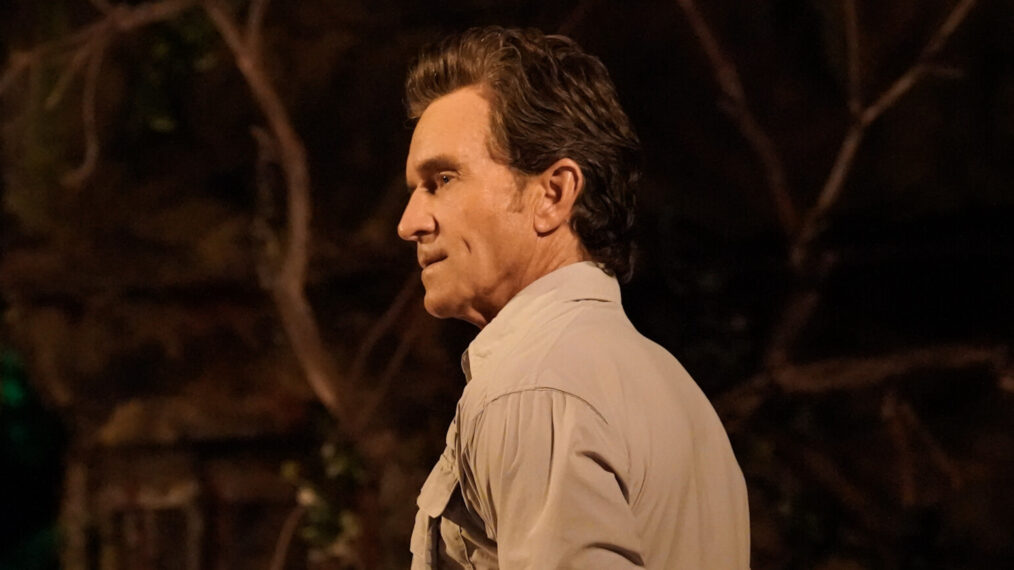UBS has brought back Sergio Ermotti as chief executive to steer its takeover of Credit Suisse, replacing Ralph Hamers less than two weeks after regulators orchestrated the rescue deal.
Ermotti, who was chief executive for nine years before stepping down in 2020, will start on April 5, UBS said on Wednesday. Hamers will remain as an adviser during a transition period.
The Swiss bank said it acted “in light of the new challenges and priorities facing UBS after the announcement of the acquisition” and cited Ermotti’s previous experience including a restructuring of its investment bank.
“This unique experience, together with his deep understanding of the financial services industry in Switzerland and globally, make Sergio Ermotti ideally placed to pursue the integration of Credit Suisse,” UBS said.
UBS agreed to take over Credit Suisse in a $3.25bn weekend rescue deal supported by Swiss authorities.
The deal heralds a hugely complex process of integration for the two Zurich-based banks, with thousands of jobs at risk and key staff being courted by other rivals.
In a statement, Hamers said he was “stepping aside in the interests of the new combined entity and its stakeholders, including Switzerland and its financial sector”.
“Integrating Credit Suisse is UBS’s single most important task and I am confident that Sergio will successfully guide the bank through this next phase. I am of course sorry to leave UBS, but circumstances have changed in ways that none of us expected,” Hamers said.
Since leaving UBS, Ermotti has chaired the reinsurer Swiss Re as well as a special purpose acquisition company that bought Italian luxury fashion group Ermenegildo Zegna.
Hamers had been chief executive since November 2020.
UBS chair Colm Kelleher said Hamers had put the bank “in a position to stabilise Credit Suisse and ensure a successful integration”.
“While the acquisition will support UBS’s existing strategy, it imposes new priorities on us,” he said. “With his unique experience, I am very confident that Sergio will deliver the successful integration that is so essential for both banks’ clients, employees and investors, and for Switzerland. I know Sergio will hit the ground running.”
Hamers joined UBS from ING after spending 25 years at the Dutch lender, seven of them as chief executive. He was a surprise choice for the UBS job, despite having been handpicked by then-chair Axel Weber.
Critics pointed to his lack of experience in wealth management and investment banking, UBS’s two biggest businesses. He was viewed as a digital expert who could help cut back the bank’s cost base, but his ideas took time to implement. It was more than a year before he unveiled his plan for the business, which consisted of targeting wealthy clients in the US and Asia.
But a key plank of the strategy — a $1.4bn takeover of US robo-adviser Wealthfront — was aborted last year. The deal found little support within UBS’s senior ranks due to the cost of the deal and the limited number of rich customers it would attract.
Kelleher, who became chair of UBS a year ago after spending most of his career at Morgan Stanley, took Hamers under his wing and coached him in selling his vision to international investors.
The plain-speaking Kelleher even banned Hamers from using management buzzwords such as “ecosystems” and “purpose”.























![‘Chicago Med’ Recap Season 10, Episode 8 — [Spoiler] Dead or Alive ‘Chicago Med’ Recap Season 10, Episode 8 — [Spoiler] Dead or Alive](https://tvline.com/wp-content/uploads/2024/11/chicago-med-recap.jpg?w=650)

























































